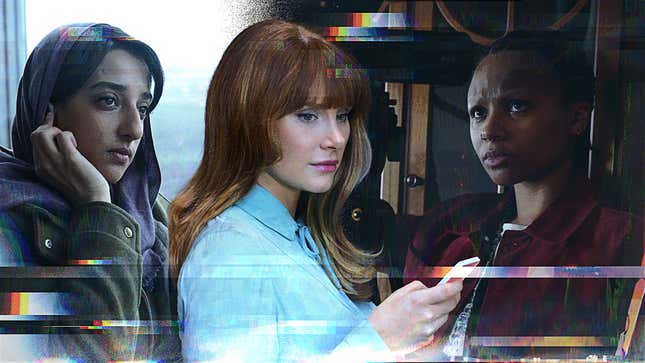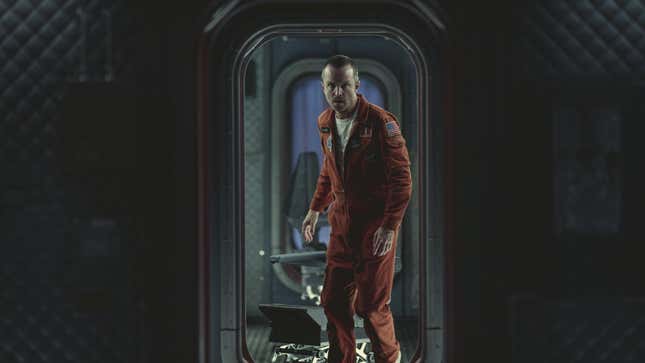
Black Mirror is one of the bleakest shows ever made. It’s primarily because of series creator Charlie Brooker’s twisted mind, and for that, we are thankful. Since it began, the dreary anthology hasn’t just been about insights into a potential tech-riddled futuristic hellscape. With each passing season, the gap between fiction and reality blurs as the world of technology advances and AI invades almost every aspect of our lives. Season six, which premiered June 15 on Netflix, gravitates more toward horror tropes (serial killers, demons, beasts, and the like) to tell stories about real-world issues. But it continues the Black Mirror trend of being as dreadful as possible. To that end, we’re ranking 10 of the most warped outings of the British anthology so far (this new batch of episodes included), from bleak to, erm, really bleak.

